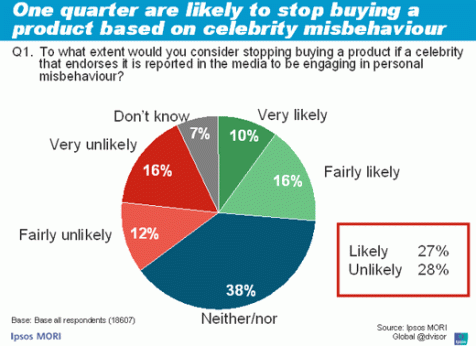
How blissful is a newborn baby, that smell, soft skin and unconditional love. Of course all new parents feel this….don’t they?
The marketing science of customer behaviour is never more evident than in the marketing of pregnancy and childbirth. Iacobucci (2014) identifies consumer psychology including sensation and perception, learning and memory, motivation, attitudes and decision making. Each of the aspects can be applied to the My Midwives brand of marketing aimed at the pregnant woman and her family to enable them to have the perfect birth and baby.
Sensation and perception – who doesn’t want the ideal baby, that sleeps soundly? The sensitive topic of independent Midwifery care has been a focus in the media following less than favorable outcomes. The ability to separate the care provided by My Midwives which promotes individualised care, promoting the importance of the customer and her baby, guiding them through the childbirth process, promising to be by their side at every step from early pregnancy through to 6 weeks postnatal. The website which shows women and their babies at various stages of pregnancy and childbirth all with positive images, women friendly pink logos and pastel baby blue and pink themes throughout. Touching every one of the woman’s sense from the tender touch of a newborn baby or supportive touch of a Midwife or birthing partner, to the smell of newborn babies that is implied through visual images.
The My Midwives brand aims at giving women another option which provides them with positive associations with having a baby. The gentle pictures of women being happily pregnant, babies sleeping peacefully, gently being born through clear water and delivered to their parents. These positive associations enable women to attach positive thoughts to the brand, in reality pregnancy and birth is not always as uneventful as this. pictures of severe morning sickness, difficult long labours and traumatic births are nowhere to be found – instead the positive affirmations, constant reference to women being pivotal in the care planning and the role of the midwives to support and the woman’s unique needs to individualised care. All this positiveness and lovely thoughts providing a sense of comfort and stress free care to welcome a baby into the world – now who wouldn’t want that?
The third aspect of consumer behaviour is the motivation. There is plenty to motivate women to buy into the My Midwives brand. Referring to Maslow’s hierarchy of needs Iacobucci (2014:20) My Midwives not only supports women though out all levels but most significantly encourages self actualisation. The ability for women to achieve the perfect low risk pregnancy and birth through individualised care provided by My Midwives – in contrast to the public system which promotes medicalisation of childbirth. The ability for women to be treated as a individual which motivates women to buy into the brand and connect with what is being promoted. After all who doesn’t the perfect birth?
Finally the issue of attitudes and decision-making is paramount in marketing the My Midwives brand. The ability for women to differentiate from mainstream maternity care through a hospital and turn to individualised maternity care though My Midwives is vital. The marketing of the service highlights the positive, individualised care which is marketed as the ‘ultimate’ in maternity care. With strong branding and developing high expectations the service is aimed at those women who are seeking an alternative to the public sector but as described by Iacobbucci(2014) the weight of customer involvement and the ability to invest not only financially but also physically and emotionally to the process of having the perfect baby.
So the My Midwives brand fulfills all elements of marketing psychology in providing care for women and their families. It differentiates itself from public health care by giving women the drive to buy into the ideal process.
All this uniqueness and individualised care but to what cost…is the financial sacrifice worth buying into when all practitioners are guided by the same code of ethics, laws and guidelines across all models. Surely all models of care aim for safe pregnancies and births and great outcomes – it’s just that some are promoted a little louder.
References
Iacobucci, D. (2014). Marketing Management. 4th ed. South-Western, Ch 2

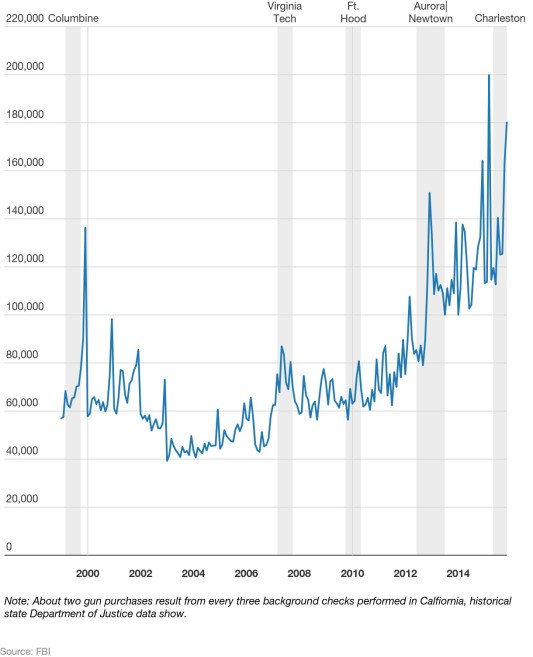
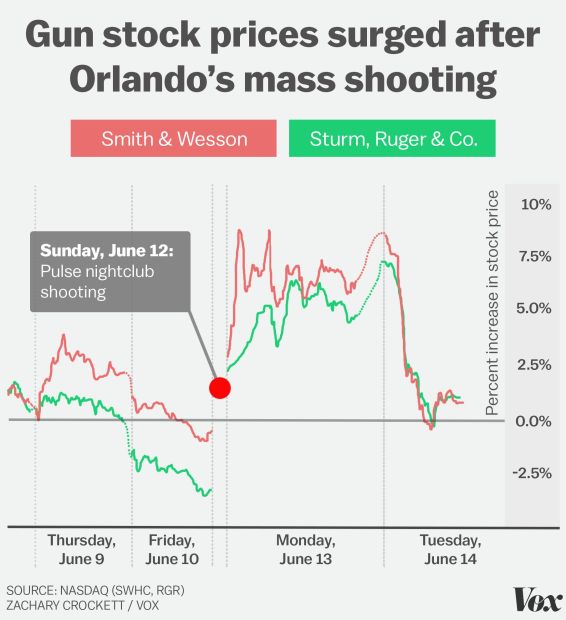
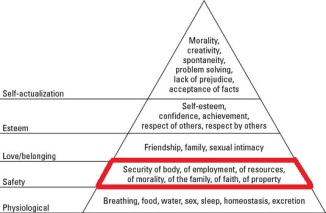



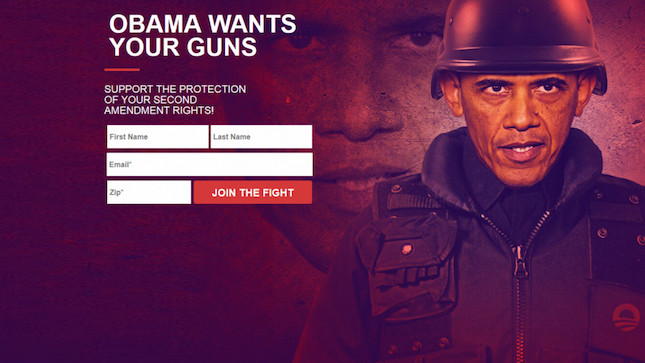
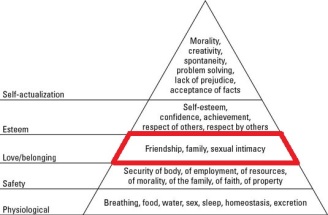

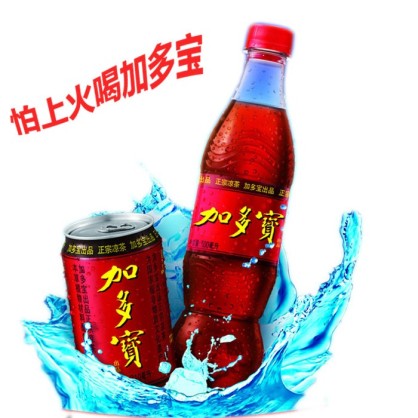
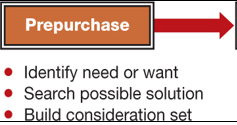
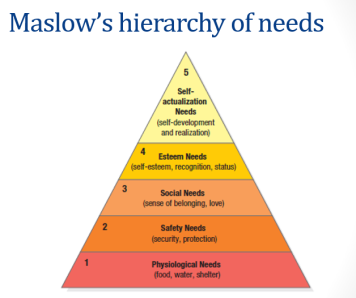
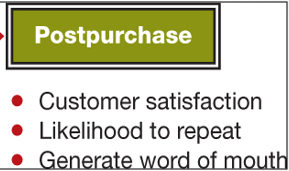

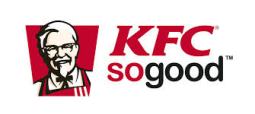
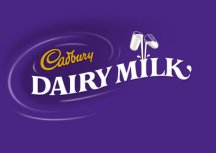





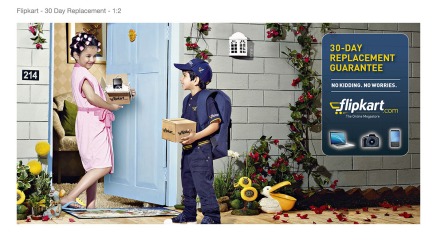 Yes, you read that right! That was the campaign Flipkart came up with to target the audience in 2011. By understanding the consumer behavior, they found out that most of the buyers understand the benefits of online shopping but quite a few are held back by shopping physical goods, online. The idea of the campaign was to think online shopping as child’s play. By using kids in adult voices and situations they tried to portray that buying good online is the easiest and the most convenient way and VOILA, it was an instant success! Their sales rose, people’s trust in them doubled and the customer satisfaction was scaling new heights.
Yes, you read that right! That was the campaign Flipkart came up with to target the audience in 2011. By understanding the consumer behavior, they found out that most of the buyers understand the benefits of online shopping but quite a few are held back by shopping physical goods, online. The idea of the campaign was to think online shopping as child’s play. By using kids in adult voices and situations they tried to portray that buying good online is the easiest and the most convenient way and VOILA, it was an instant success! Their sales rose, people’s trust in them doubled and the customer satisfaction was scaling new heights.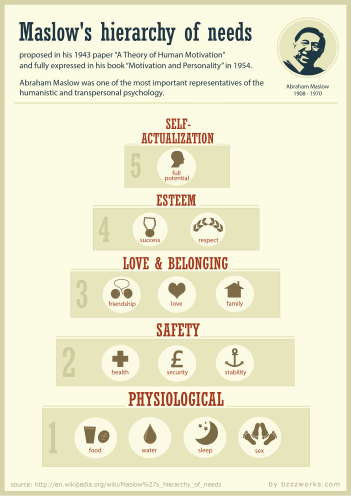
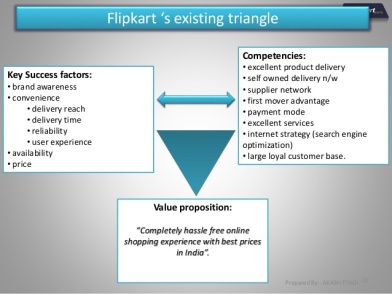 In Purchase phase, consumers narrow down on their needs and are ready to make a decision. Flipkart offers insights and specifications for the products and services making it easier for the users, helping them in decision-making.
In Purchase phase, consumers narrow down on their needs and are ready to make a decision. Flipkart offers insights and specifications for the products and services making it easier for the users, helping them in decision-making.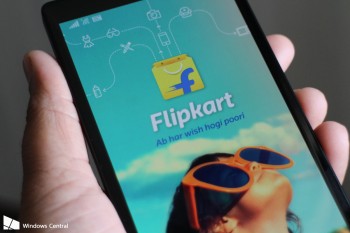
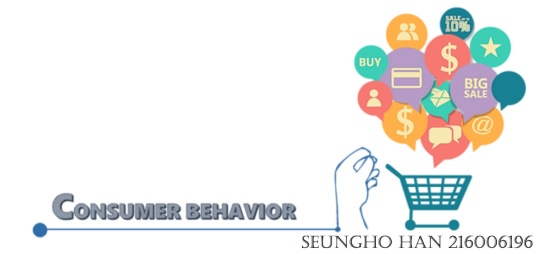
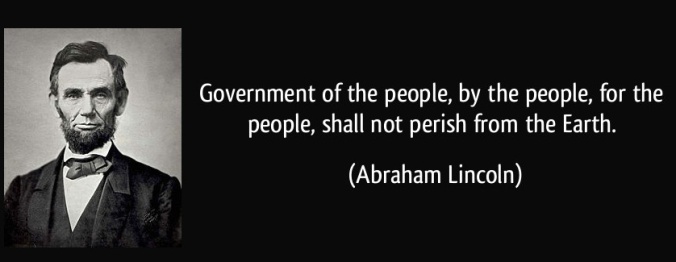
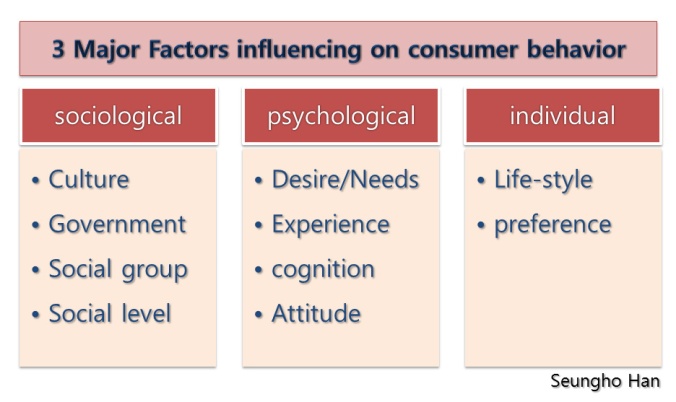
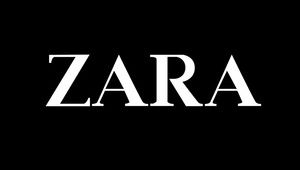
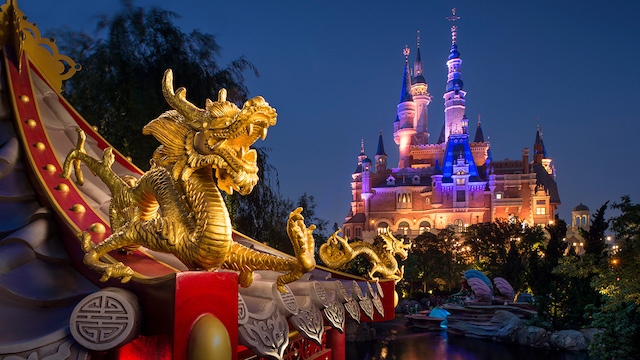


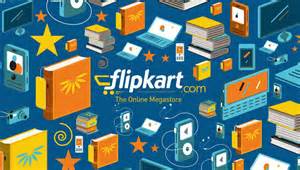
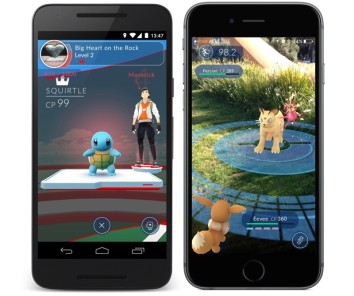 helping consumers shed some lbs, there are various others like it trying to make it.
helping consumers shed some lbs, there are various others like it trying to make it.
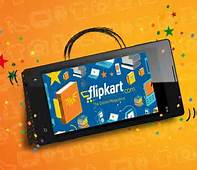 fashion market not drown ? So there comes the quest of social connection, health or mental causes. It’s all about the service provided. Fast delivery is the key service of both apps. They provide with easy and simple return policies. That affects consumer behaviour. They know their money is put to great effect. They know they can get all trends about fashion and lifestyle at these companies. They trust more than the mall shopping. Products come directly home… consumer does not find time and they relay on them for their products. Thus, fashion industry is saved from sever drought and people are happy to have latest trends in their closets.
fashion market not drown ? So there comes the quest of social connection, health or mental causes. It’s all about the service provided. Fast delivery is the key service of both apps. They provide with easy and simple return policies. That affects consumer behaviour. They know their money is put to great effect. They know they can get all trends about fashion and lifestyle at these companies. They trust more than the mall shopping. Products come directly home… consumer does not find time and they relay on them for their products. Thus, fashion industry is saved from sever drought and people are happy to have latest trends in their closets.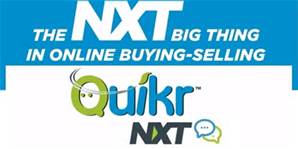

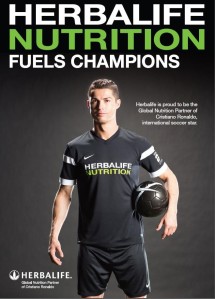 Source: Google Images
Source: Google Images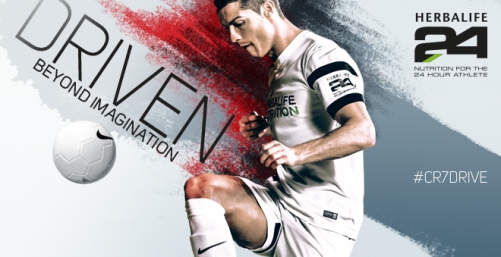 Source: Google Images
Source: Google Images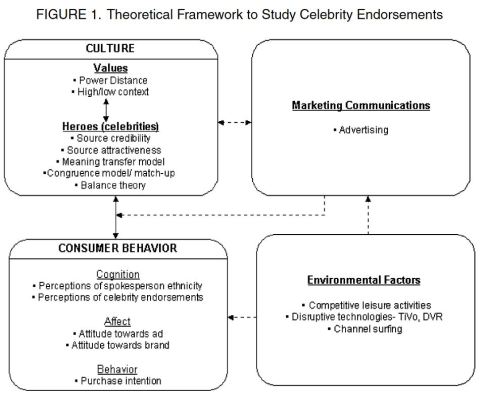 Source: (Biswas, Hussain and O’Donnell, 2009)
Source: (Biswas, Hussain and O’Donnell, 2009)